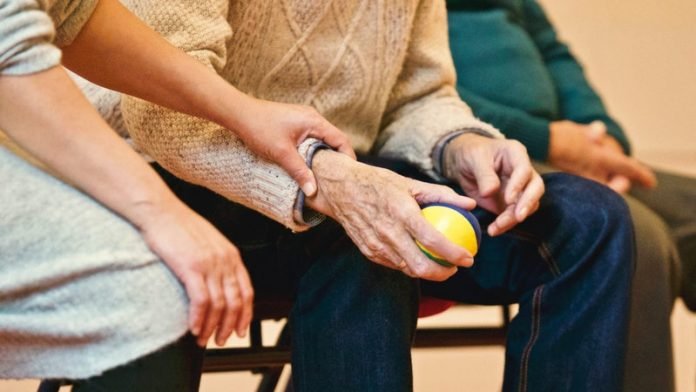
One of the most important ways to stop the spread of COVID-19 is for people who have tested positive or have symptoms, to isolate themselves from the other people they live with.
But in a new poll, researchers found that nearly one in five older adults don’t have the ability to do this.
They also found many older people lack the ability to get outside for fresh air and exercise and to engage safely with friends, neighbors, and relatives in the open air.
The research was conducted by a team at the University of Michigan.
The ability to isolate from others in the same living space when sick with COVID-19, or known to be infected with the novel coronavirus, is critical to preventing others from getting sick.
This is especially important for people who live with others who are at higher risk if they develop COVID-19, such as people over 50, people with underlying conditions such as obesity, diabetes, and lung disease, and people who have weakened immune systems.
The people who live with them should take other precautions to protect themselves.
In the study, the team used data from a nationally representative sample of 2,074 adults aged 50 to 80 who answered a wide range of questions online in June 2020.
They found nearly a third of Hispanic poll respondents (31%) said they didn’t have a place to isolate themselves in their home, compared with 25% of Black respondents and 14% of white respondents.
People with household incomes under $30,000 were more than twice as likely as those with incomes over $100,000 to say they lack a safe isolation space.
Apartment dwellers were more than twice as likely as those who live in single-family detached homes to say they had no place to isolate.
On the flip side of the pandemic, living arrangements can affect older adults’ ability to stay positive, healthy, and socially engaged during the pandemic, the poll finds.
While most of the older adults said they had an outdoor space where they could safely connect with neighbors, 32% don’t live within walking distance of green space.
Three-quarters of respondents said they had spent time outdoors or interacted with nature at least a few times per week in the first months of the pandemic.
Nearly half had walked or bicycled around their neighborhood at least a few times a week in that time, too. Those who had access to outdoor spaces and nearby green spaces were more likely to have done so.
The team says in the short term, recommendations by health officials and health care providers should take these disparities into account.
In the long term, architects and urban planners should see the lessons from this report as evidence that they can and should be front-line workers for the health of communities.
One researcher of the study is Upali Nanda, an associate professor at U-M’s Taubman College of Architecture & Urban Planning.
Copyright © 2021 Knowridge Science Report. All rights reserved.



